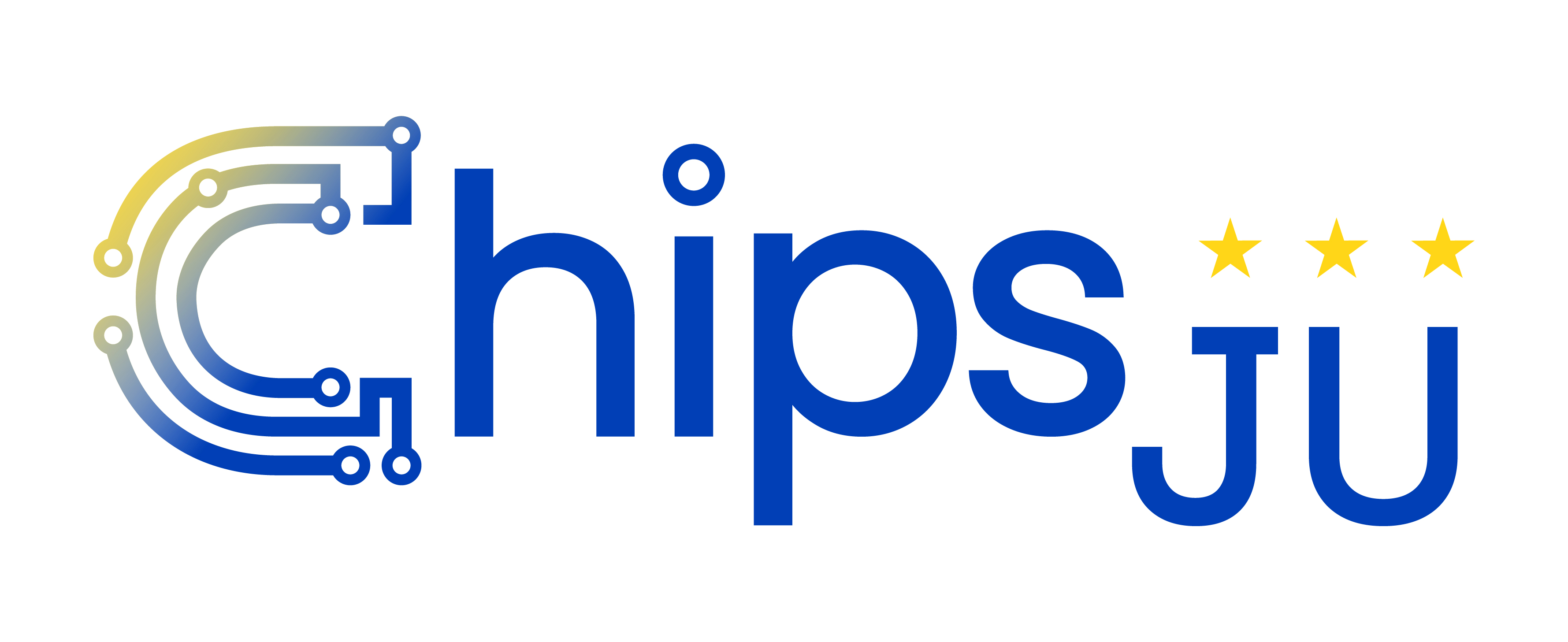The project is focusing on improving the way energy is generated and transmitted through the use of digitised and intelligent electronic power -
strongly contributing to the decarbonization of European society and the protection of our climate.

Project Objectives
Project Objectives
Project Objectives
Workpackages
-
WP1: Requirements, Concept and Evaluation
WP1 specifies the requirements (along the value chain) aligning the various use case partners in the first phase (Objective 1 M0-M10), defines/specifies the concepts and interfaces required within each use case (Objective 2 M10-M20), and finally assesses the evaluation methods defined to succeed the KPI’s defined for each use case in WP3 and cross topic in WP2 (Objective 3 M20-M36). The WP1 evolves in these three phases throughout the whole project duration, enabling a cross-use case collaboration and alignment between different partners throughout the project duration. • Objective 1: Requirements along the value chain specified for use cases. • Objective 2: Concepts and interfaces defined and specified for use cases. • Objective 3: Evaluation methods defined and assessed for use cases. -
WP2: Cross Application & Domain Topics
WP2 is dedicated to the development of the new methods, materials, processes and tools for the novel smart power systems in general so that they can be applied in several use cases. Therefore, WP2 also looks into solutions for intelligent sensing and control as well as for standardization and aims at contributing to the overarching goal of improved sustainability. -
WP3: Use Cases & Demonstration
WP3 is dedicated to the validation of materials, concepts and tools developed in WP2, through dedicated, high TRL demonstrators. WP3 is structured in three main areas of the highest relevance, each consisting of one or more Use Cases: mobility (automotive and railway), energy (grids, lighting and renewables), and industrial drives. Leading European manufacturers will be in front of the Use Cases, being supported by top academic and research institutions. Special care has been taken for the alignment and coordination between WP2 and WP3, WP1 being implemented for this purpose. -
WP4: External Relations for Gaining Impact
The objectives of this WP are: • Definition and execution of exploitation strategies in order to ensure the applicability and efficiency of the developed technologies, prototypes, and new components • Definition and execution of dissemination and communication activities in order to make the research activities and the progress of technological developments and innovative solutions visible to external communities with potential interest in the project outcomes • Facilitating the uptake of the PowerizeD technologies through regulatory alignment and standardization efforts. -
WP5: Project Management
The objective of this WP is to guarantee a smooth and efficient project advancement according to the schedule, budget, and overall project scope. The project work will be steered by the coordinator and a team of highly experienced persons. that are used to conduct large, funded projects. An effective management structure will be set up, to guarantee successful. execution and tackling of challenges over the runtime of the project. Jochen Koszescha, coordinator of PowerizeD, will be supported by a highly qualified project management team to fulfil the main tasks: * Establishing the contractual project foundations: Grant Agreement, Consortium Agreement, and possible amendments * Managing cost statements and the KDT funding distribution according to financial guidelines * Maintaining communication with all partners, funding, and legal authorities on EU and national level * Ensuring quality of results by continuous internal review procedures and reporting project progress to KDT JU representatives * Empowering technical progress with technical and non-technical collaboration events * Continuous monitoring, identification, and management of challenges and risks.

